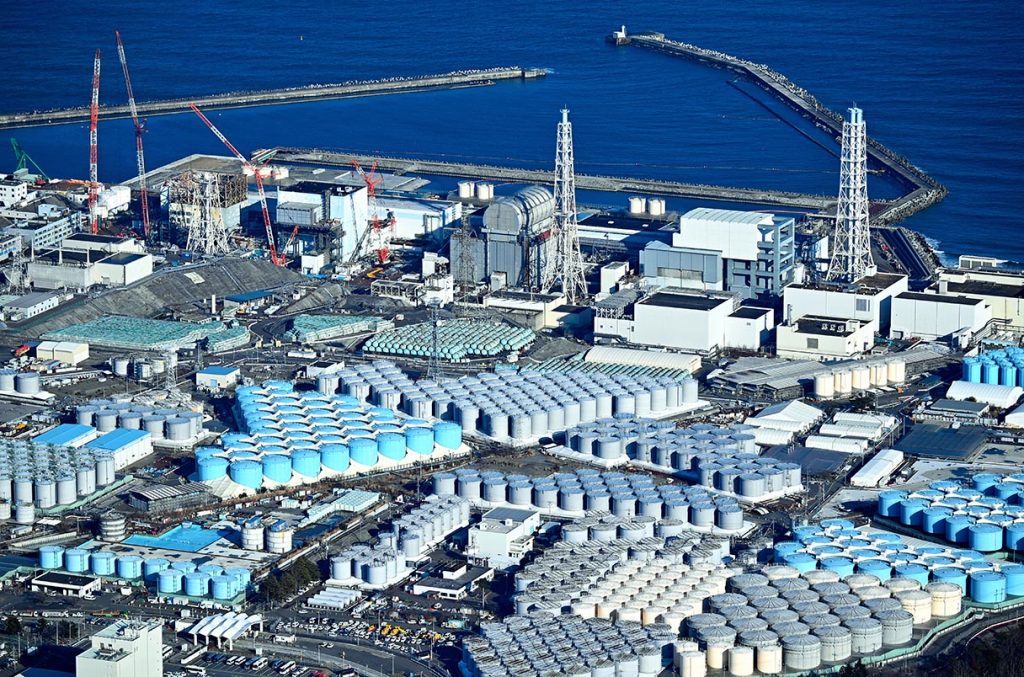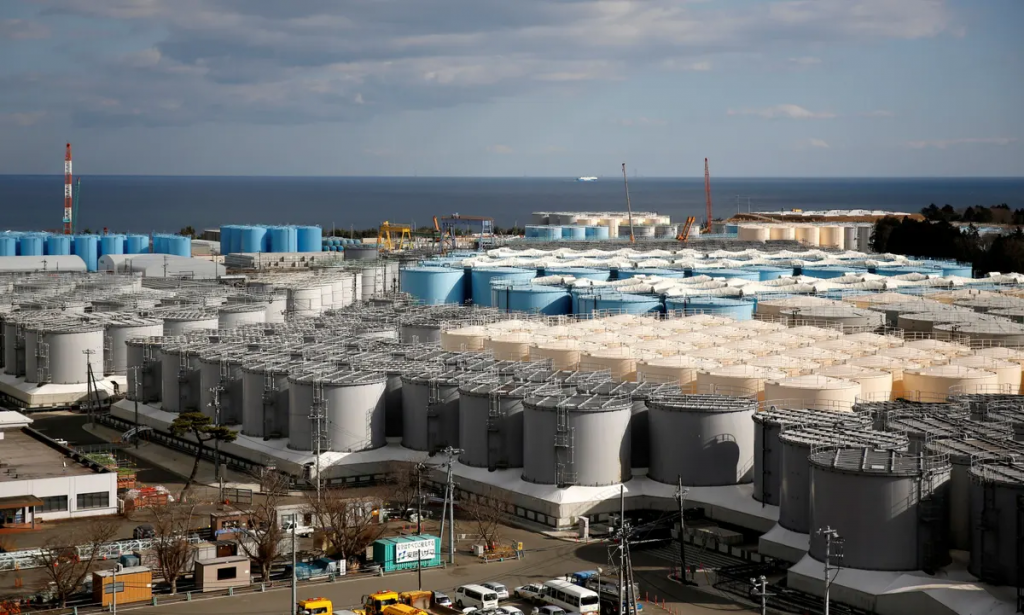Nearing a contentious turning point, Japan now readies itself to release the stored radioactive water from the disaster-struck Fukushima nuclear locale into expansive Pacific. This impending eventuality which, mind you, is marked for later this week has sparked an intense row among neighboring nations leading them to clash over possible outcomes.
Let’s consider the aftermath of that horrifying nuclear kerfuffle back in 2011 at Fukushima. Since then, a sizable quantity of radioactive water– we’re talking about enough to fill 500 Olympic-size pools – has piled up right there where Tepco, the plant operator, continues trying” – and struggling––”to cool down those damaged fuel rods.” The Japanese brass are feeling some real heat now to tackle this mess. What they’ve got cooked up is a gradual scheme lasting thirty long years, involving filtering and diluting all that toxic goo bit by bit. Those rooting for the plan swear it’ll keep any major harm from befalling our precious marine ecosystems; protecting sea creatures big n’ small.”

Despite the endorsement of experts supporting the safety of this strategy, the proposed plans have ignited intense scrutiny. Domestic dissent has been particularly vocal, with local fishermen and protesters expressing concerns about the potential harm to the fragile ocean ecosystems. In the international arena, Japan’s neighboring countries, most notably China, have vehemently criticized the decision. Chinese officials have labeled the ocean as vital to humanity and have rebuked Japan for prioritizing its own interests over global wellbeing.
South Korea has already responded in kind, forbidding the import of seafood from areas near the Fukushima nuclear facility. The International Atomic Energy Agency, the UN’s nuclear watchdog, has approved the idea, however, and says that a gradual release of the water into the ocean will have a negligible radiological impact on both the environment and people.

Although specialists contend that the risk is modest, there are still worries about radioactive isotope traces in the water, such as tritium and carbon-14, which are difficult to remove. In order to validate the choice, comparisons with other nuclear power stations that discharge water with higher tritium levels have been made.
The situation remains complex, with various viewpoints and interests in play. As the release of the radioactive water approaches, the world watches closely, balancing concerns for environmental safety with the practical demands of managing the aftermath of one of the most significant nuclear disasters in history.


